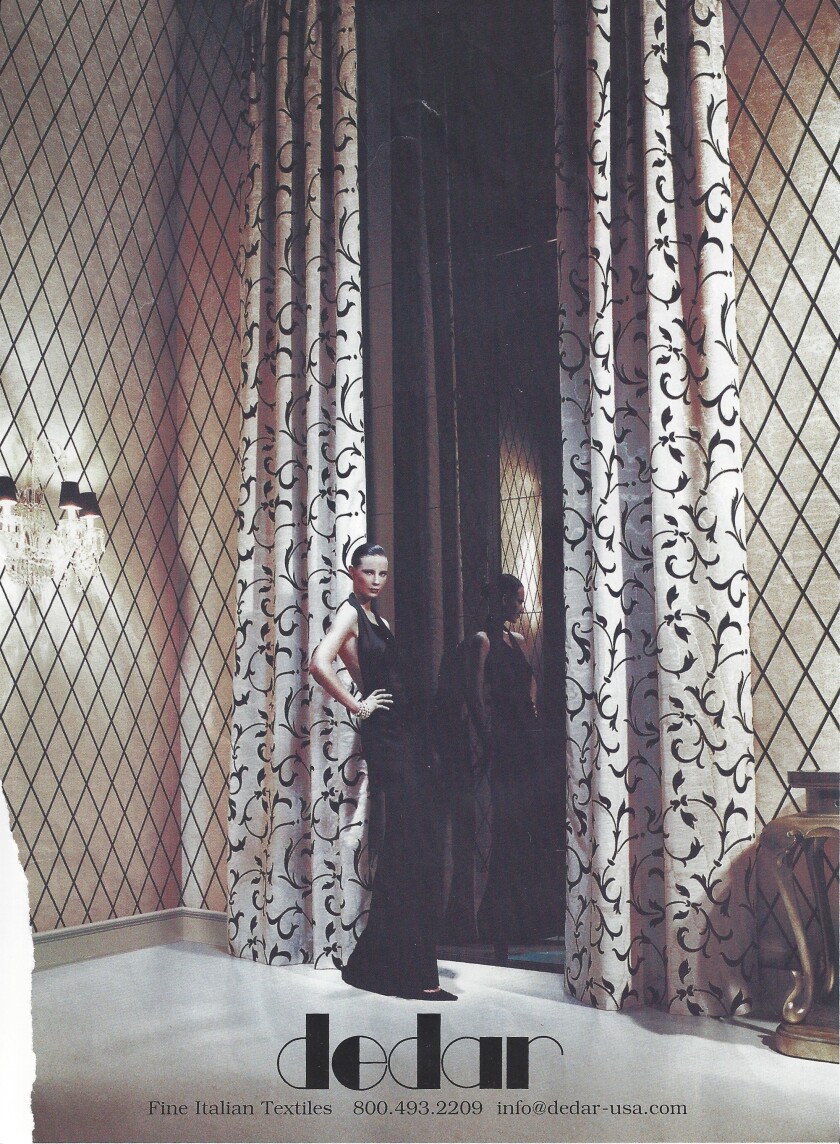
by Carter Thompson, Set Designer
In one of our first production meetings for Holiday, the director, Barta Heiner brought in an antique quilt that was somewhere around 100 years old. The fabric pieces which were made from wool and cotton fibers were remarkably well preserved, but all the pieces made from silk were brittle or shredded. Silk was sold to wholesalers by weight and in the 1800s silks were often treated with metallic salts (most commonly iron, lead, and tin) to increase their weight, thereby increasing their value. This treatment also improved the drape of the fabric. Over time, however, the metallic salts have eroded and destroyed the silk. Something which once gave the fabric value and beauty has destroyed it. An 1898 article from The New York Times even warns that, “These weighted silks are, however, of so combustible a nature that some have been known to take fire spontaneously…Spontaneous combustion is liable to break out—more especially in black silks.” This is where the concept for the set came from.
Holiday takes place in two rooms of the Edward Seton home. The home is from the Stanford White period (around the turn of the century) and is located on 5th Avenue overlooking Central Park. The action takes place between December 1928 January 1929. The wealthy Seton family—and the U.S. economy generally—has been weakened by excessive wealth. Grandfather Seton was a self-made man who went from nothing to become one of the most prominent financiers in New York. In the 1800s he amassed a great fortune which gave his family strength and power, but in 1929 that wealth is destroying his grandchildren as they race towards alcoholism and vanity.
The set is comprised of two rooms, a drawing room and a nursery room. The drawing room reflects some of the excesses of the family wealth, and it is a room which is splitting at the seams, like the antique quilt. The walls are treated with a segmented trellis wallpaper pattern which disappears into blackness. The corners of the walls do not meet as the room stretches upward. Their world is being pulled apart.
This room is guarded by an austere portrait of Grandfather Seton, the man whose wealth has led his family to the brink of moral collapse. The nursery room represents a return to virtue. The room was carefully prepared by their late mother and now serves as a sanctuary from the rest of the home. The style of the room is taken from the Art Nouveau period. It is soft and bright and gentle.
For the basic architecture of the home I drew inspiration from the Isaac D. Fletcher mansion, built in 1898, which is one of the few mansions still standing on 5th Avenue. The home was occupied by several millionaires in the first half of the 20th Century before becoming the Ukrainian Institute of America. Its longest occupants were Augustus and Anne van Horne Stuyvesant, an unmarried brother and sister who lived in reclusion, thus preserving the house in a beautifully unaltered state up to the present day.
What I have tried to capture in Holiday is a world of wealth, family, and changing relationships where some characters are really trying to find themselves in a world that is about to fall apart.
By admin

